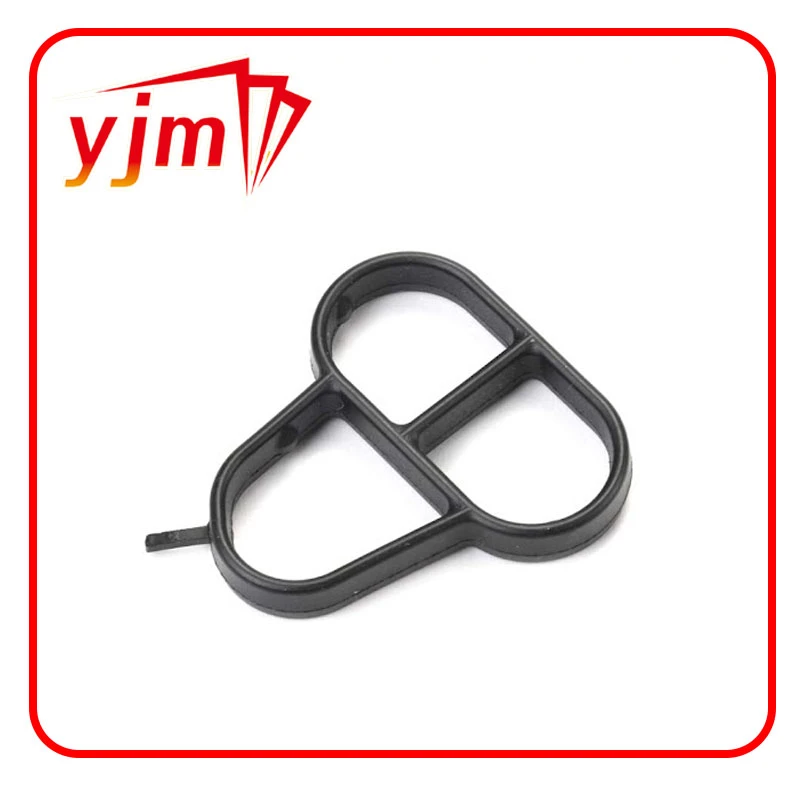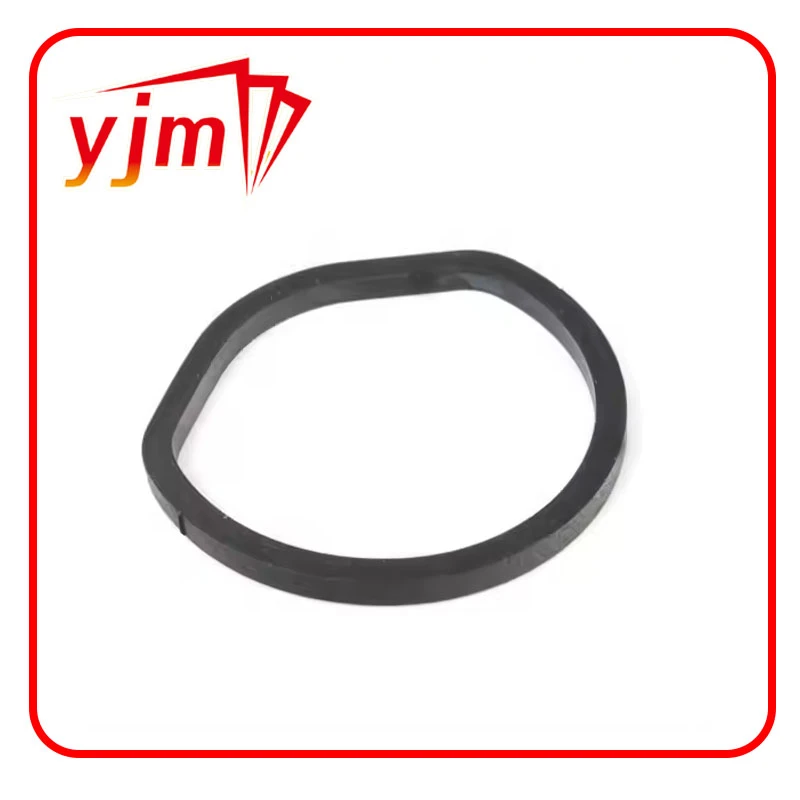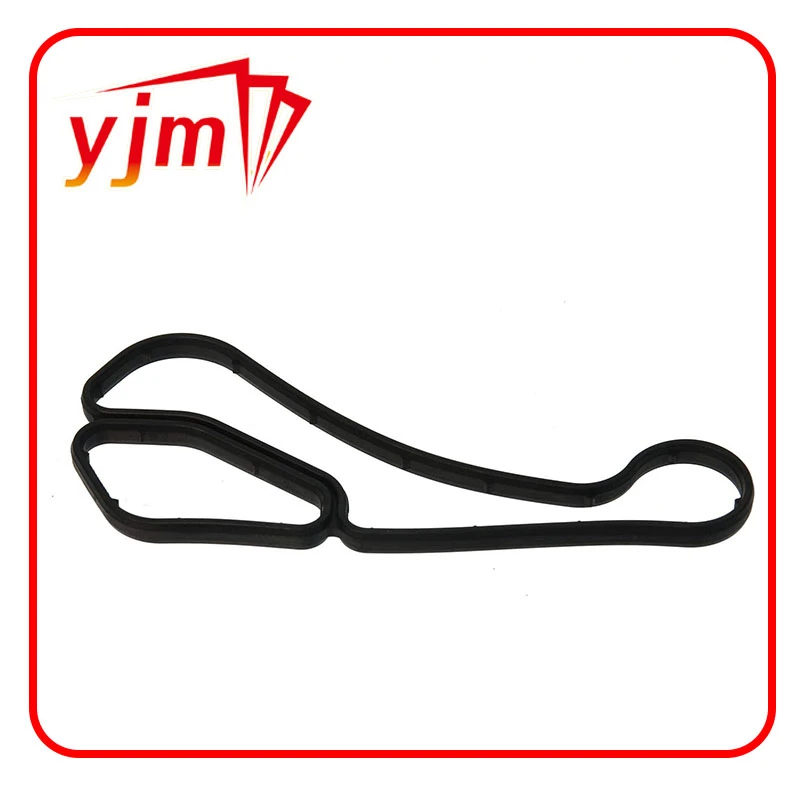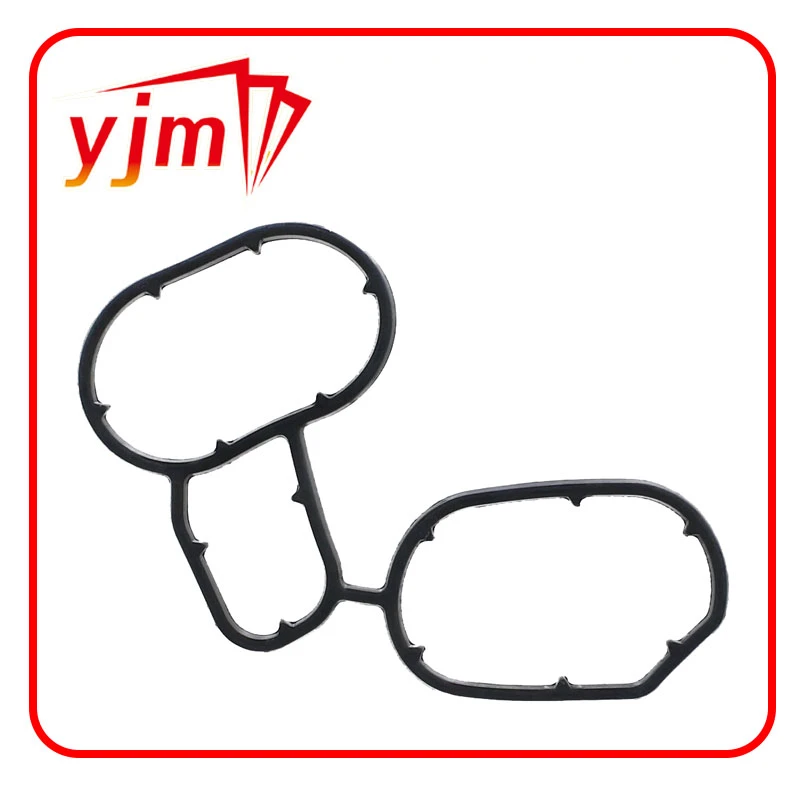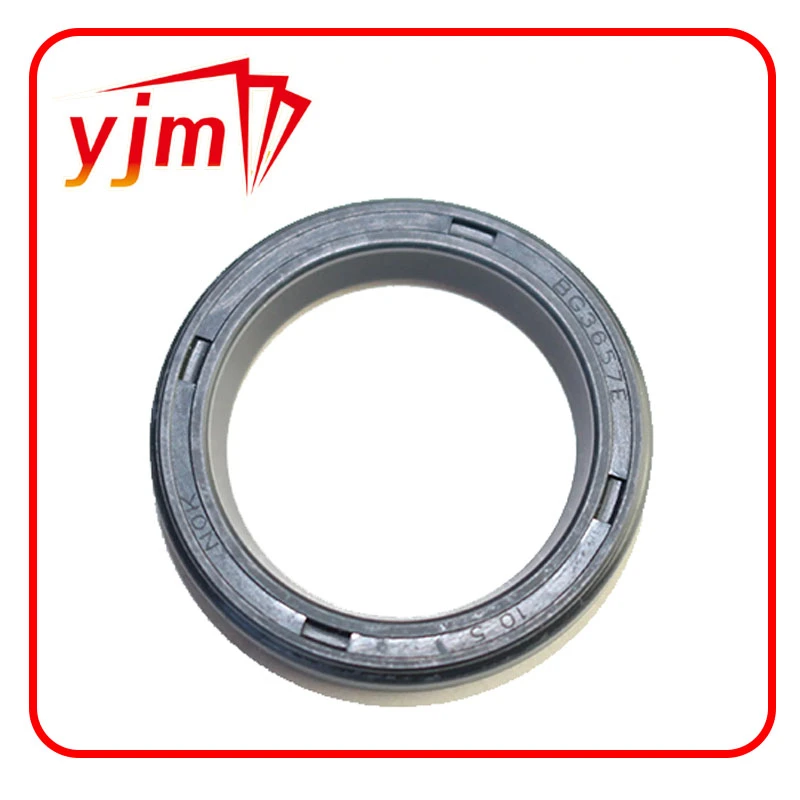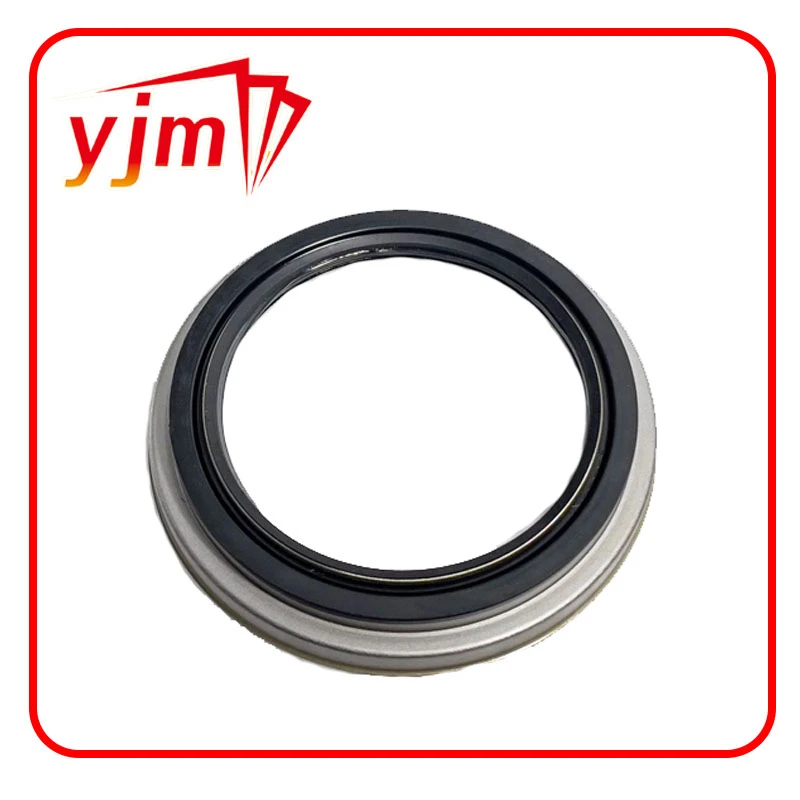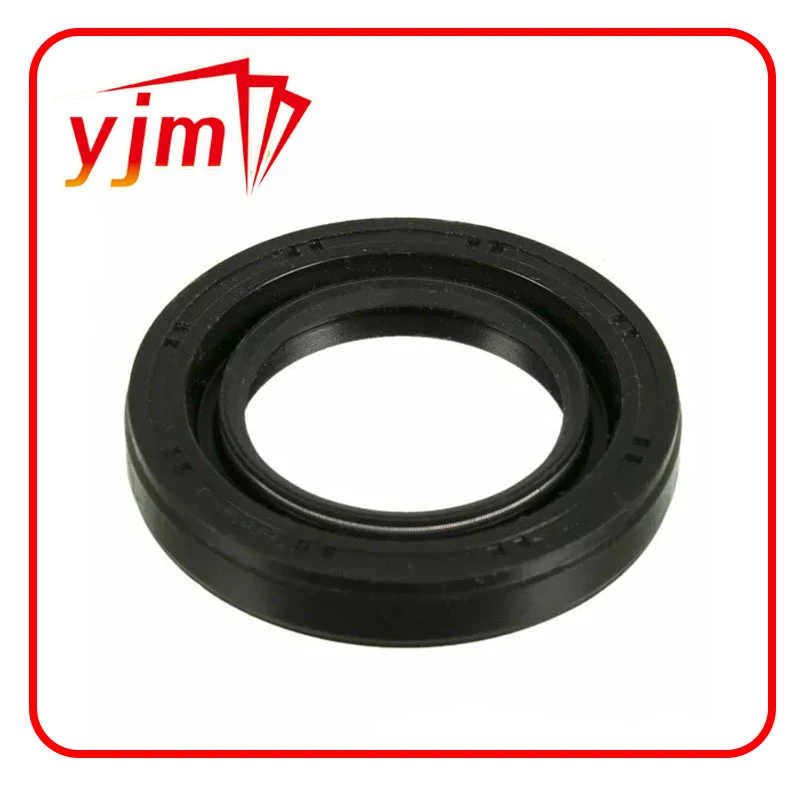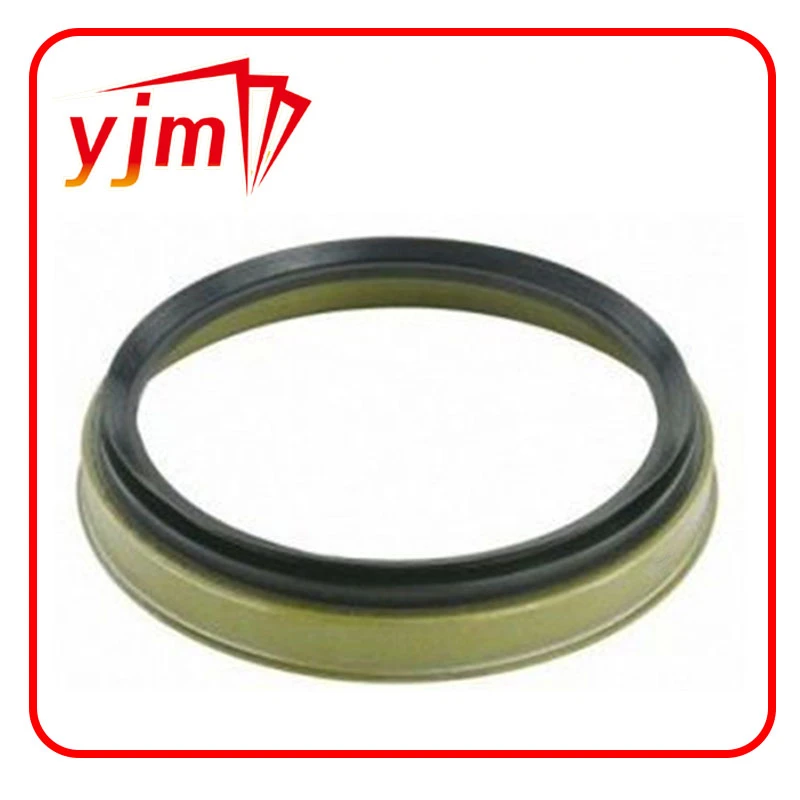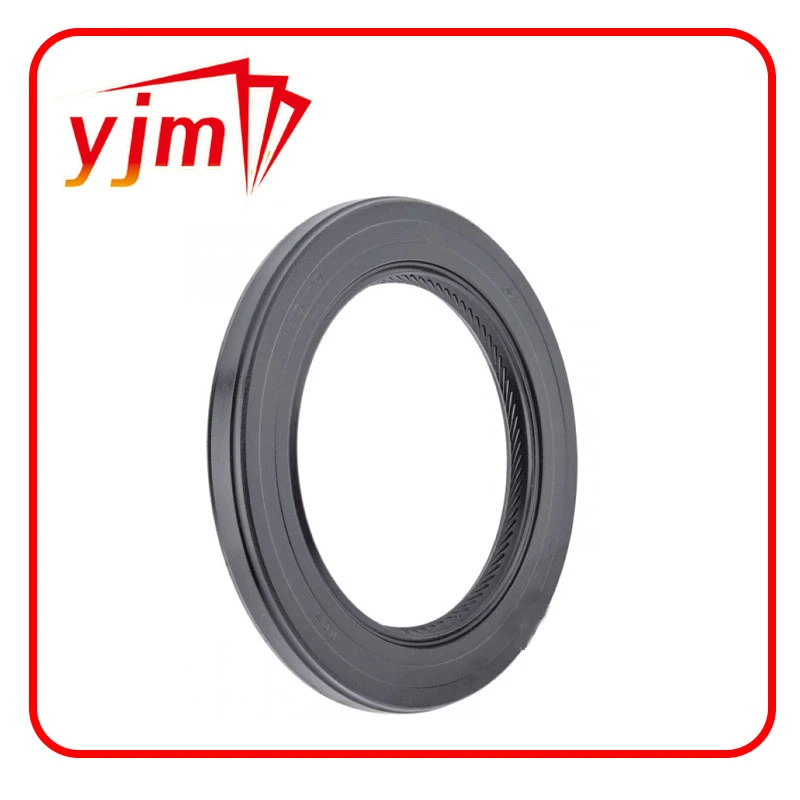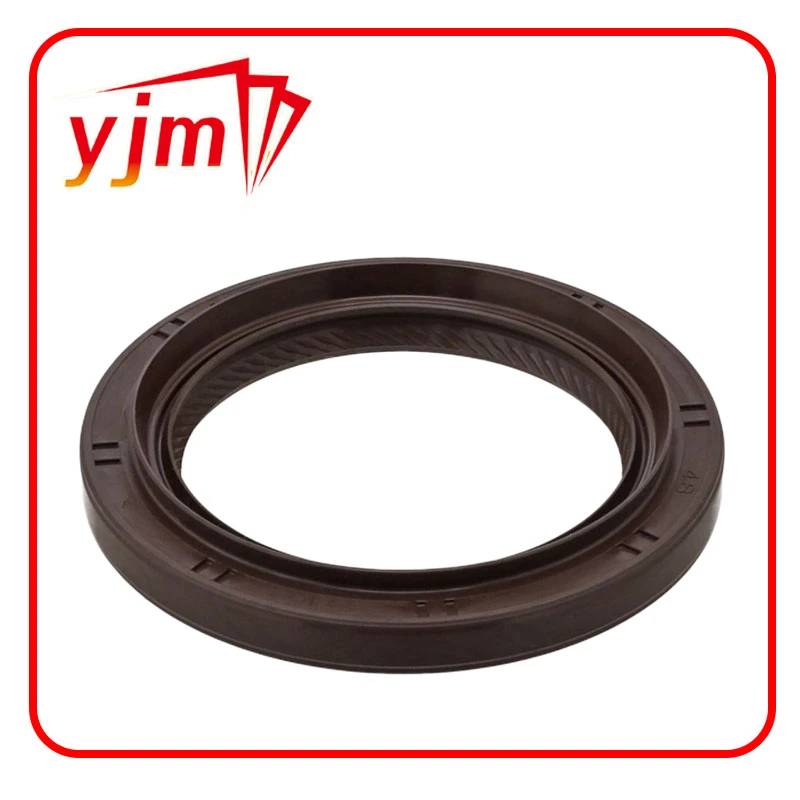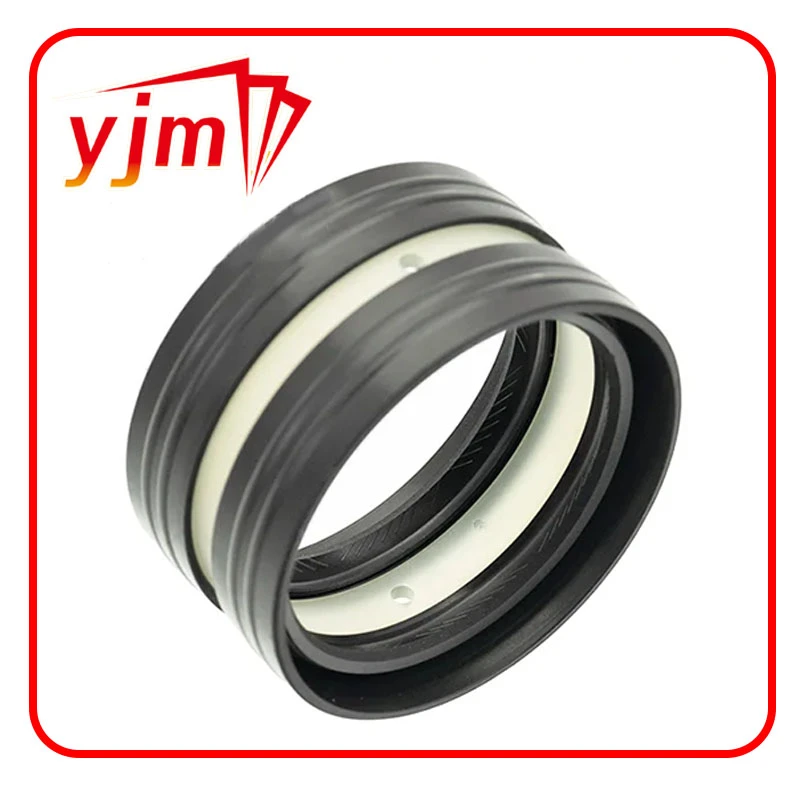Oil Seal Specifications 16x28x7 for Enhanced Performance and Reliability
Understanding Oil Seals The 16x28x7 Specification
Oil seals play a crucial role in various mechanical systems, ensuring the integrity and efficiency of machinery by preventing leakage and contamination. Among the myriad of oil seals available on the market, the oil seal with the dimensions of 16x28x7 mm stands out due to its specific applications and effectiveness in sealing rotating shafts.
What is an Oil Seal?
An oil seal, sometimes referred to as a shaft seal or rotary seal, is a mechanical component designed to contain lubricants or fluids within an assembly while also preventing dust, dirt, and other contaminants from entering the environment. Oil seals are typically composed of a flexible elastomeric material, which allows them to adapt to the surface they are sealing while providing a robust barrier against leakage.
Dimensions Explained
The designation 16x28x7 mm signifies three critical measurements of the oil seal
- 16 mm This is the inner diameter, indicating the size of the shaft the seal fits onto. - 28 mm The outer diameter represents the total size of the seal that fits into a housing or bore. - 7 mm This measurement refers to the width or thickness of the seal, which impacts its compression and overall sealing capabilities.
These dimensions are essential as they determine compatibility with specific applications and the effectiveness of the oil seal.
Material Composition
Oil seals are made from various materials, including nitrile rubber (NBR), fluorocarbon rubber (FKM), silicone, and more. The choice of material depends on the nature of the fluids being contained, temperature ranges, and other environmental conditions. For a seal with the dimensions 16x28x7, NBR is often preferred due to its excellent resistance to petroleum-based oils and reasonable tolerance to temperature variations, making it widely applicable in automotive and industrial applications.
oil seal 16x28x7

Applications
The 16x28x7 oil seal finds its use in a diverse range of applications
1. Automotive Industry Commonly used in engine components, transmission systems, and differential housings where effective sealing is critical to prevent oil leaks. 2. Industrial Machinery The oil seal is essential in hydraulic systems and gearboxes, where high pressure and the presence of lubricants can lead to wear and potential failures if not properly sealed.
3. Home Appliances Many household devices, such as washing machines and pumps, employ oil seals of this size to maintain fluid integrity and enhance efficiency.
Installation and Maintenance
Proper installation of oil seals is vital to their performance. When fitting a 16x28x7 oil seal, it’s crucial to ensure that the sealing surface on the shaft is smooth and free from any debris. The seal should be installed squarely to prevent uneven wear. Additionally, lubrication can often aid in installation and enhance the longevity of the seal.
Regular maintenance checks can help spot any potential issues, such as wear or deformation. Identifying signs of leakage early can prevent more significant system failures and costly repairs.
Conclusion
The 16x28x7 oil seal is more than just a small component; it represents a key element in the seamless operation of various mechanical systems. Its ability to prevent leaks and contamination has far-reaching implications across multiple industries. Understanding its specifications, material choices, and applications can significantly impact the efficiency and reliability of machinery. Whether in automotive applications or household devices, the importance of selecting the right oil seal cannot be overstated; it is foundational to achieving optimal performance and longevity in mechanical systems.
-
Simplifying Oil Changes: A Comprehensive Guide to Oil Drain Plugs and Their Variants
News Aug.04,2025
-
Mastering Oil Drain Maintenance: Solutions for Stripped, Worn, and Upgraded Oil Plugs
News Aug.04,2025
-
Fixing Oil Pan Plug Issues: Leaks, Stripped Nuts, and the Right Replacement Solutions
News Aug.04,2025
-
Everything You Need to Know About Oil Drain Plugs: Sizes, Fixes, and Upgrades
News Aug.04,2025
-
Choosing the Right Oil Drain Plug: A Guide to Sizes, Materials, and Drain Innovations
News Aug.04,2025
-
A Complete Guide to Automotive Drain Plugs: Types, Problems, and Innovative Solutions
News Aug.04,2025
-
The Ultimate Guide to Car Repair Kits: Tools and Essentials Every Driver Should Own
News Aug.01,2025
Products categories

